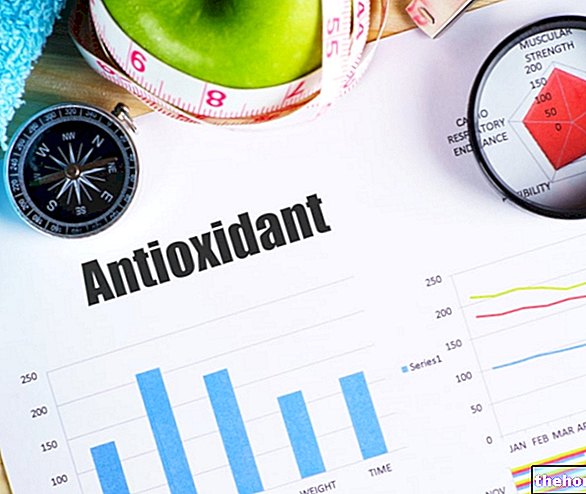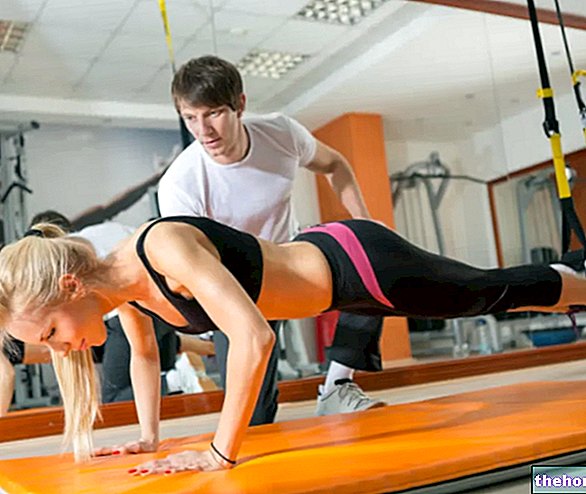Edited by Dr. Matteo Giardini
The object of study of the thesis concerns "The" Biomechanical analysis of the behavior of competition skates on the rink with innovative solutions ". The analysis is presented as experimental, in analogy with the studies and works analyzed by the scientific literature in the field of Biomechanics. These studies and works inspired the object of study in the methods of carrying out the tests and in the subsequent data analysis. The objective of the study is the comparison between the "A" skate, which is the current top model for inline speed skating, while the "B" skate is presented as an innovative skate model with possible future applications. The study was structured in three distinct but complementary phases.
- The first test was carried out in Rovereto (Trento) at the CEBISM center on 07/05/08, where the biomechanical and metabolic evaluations (oxygen consumption, surface electromyography) of skating on a "Treadmill" with two types of skates (A and B) with an elite athlete.
- The second test was carried out at the competition skating rink in Noale (Venice) on 23/05/08, where biomechanical and metabolic evaluations (oxygen consumption, surface electromyography, baropodometric insoles) were performed for skating on track with two types of skates (A and B) with two elite skating runners.
- The third test was carried out at the competition skating rink in Noale (Venice) on 14/10/08, where biomechanical and metabolic assessments (baropodometric insoles and oxygen consumption) were performed for skating on the rink with two types. of skates (A and B). The metabolic evaluation time was increased (oxygen consumption), the number of athletes was also increased to four elite athletes.
The data collected in the various phases will be composed in order to verify the metabolic, biomechanical and athletic performance advantages of skate "B" compared to skate "A". Finally, we propose to detect biomechanical models of bending and straight thrust with the use of baropodometric insoles and electromyographs. The usefulness of this study concerns the validation of scientific methods of analysis of the athletic gesture applicable in the competitive field and in support of technical sports planning. Future developments concern the analysis of a greater number of athletes and the possible optimization of the "B" model.
During the analysis of the findings, a metabolic advantage was observed in the Noale Uno test of 23/05/08 in which the Athlete AZ showed a reduction in oxygen consumption of -7.8%, and -5% for the IS Athlete, while in the Noale Due test of 23/05/08 the only Athlete tested Athlete AZ showed an average advantage (arithmetic average of the tests with skate "A" and "B") of -0.6 % in oxygen consumption with skate "B", in accordance with the tests of 07/05/08 carried out in Rovereto on the Treadmill which marked a metabolic disadvantage of + 0.52% at the speed of 20 Km / h of skating and a 3% advantage at a skating speed of 15Km / h.
From the point of view of the electromyographic activation, the greatest activation of the pushing muscles when cornering on the track was observed such as the right Vasto medialis (+ 4%), Left Medial Vastus (+12%), Right Anterior Tibial (+ 7%) , Left anterior tibial (+ 4%), Right lateral gastrocnemius (+ 6%) and the lower activation of the right soleus muscles (-3%), left soleus (-9%), right biceps femoris (-26%), Peroniero long right knee (-6%) in the tests carried out in Noale Uno, with a flexion angle of the right knee of skate "B" of + 15% greater than that of skate "A". greater activation of the right anterior tibial muscles (+22), left anterior tibial muscles (+ 6.5%), lateral gastrocnemius (+ 7%), left soleus (+ 7%), left vastus femoris (+ 14%) and a advantage in the right soleus muscles (-9%), peroniere long (-5%), left biceps femoris (-26%) with a greater flexion angle of the + 28% right knee in skate "B" compared to skate "A". In the Slalom test on the Treadmill (Rovereto), there was less activation of the vastus medialis muscles (-9%), rectus femoris (-5%), gluteus maximus (-24%), biceps femoris (-29%), while there was an increase in muscle activation of the Soleus (+ 7%), Peroniero (+ 5.5%), Medial / Lateral Gastrocnemius (+ 19%), Vasto Lateral (+ 5%), Adductor (+ 8%) muscles ).
In the free skating test at 20Km / h on the Treadmill, greater activation of the right medial gastrocnemius muscles (+ 3.5%), right lateral gastrocnemius (+ 12.7%), gluteus maximus and adductor (+ 7%) was observed , Vasto medialis (+ 5%), while a lower activation of the Soleus muscles (-12.69%), Tibialis anterior (-16%), Biceps femoris (-10%).
In the "analysis of the measurements of the baropodometric insoles it was highlighted that the straight thrusts in the left skids" A "and" B "show a very similar behavior with each other with the" only difference concerning the support phase which in the runner "B" is do not show evident drops in strength. Pushing straight with the left skate has a more progressive tendency in the expression of force than the right skate. The right skates "A" and "B" in the straight line show similar behaviors in three phases of the thrust (support, push and take-off) and differ from the support phase in which the skate "A" maintains the thrust in a constant way with respect to the shoe "B". The force expressed in the pads "A" and "B" in the thrust when cornering is uniform in the four thrust phases that follow one another progressively in the left skate, as opposed to the thrust in the straight line where in the support and thrust phase a force is observed variable that decreases in support and suddenly increases in thrust. The right pads of "A" and "B" when cornering differ completely from the left pads of "A" and "B", having a sudden thrust in the phase of support, followed by support (not very evident). In conclusion, the pads "A" and "B" in the push phase in straight and curve have a similar behavior. The thrusts in the curve and in the straight are different between the left and the right. The skates "A" and "B" did not show striking differences from the point of view of the thrust force and the trend of the center of pressure on the foot. The pad "A" showed to be more reactive than "B" which showed a steady trend of the force in the support phase. The center of pressure in the left shoe "B" was shown to be in the push and support phase further forward than the left shoe "A", with the center of pressure of the right shoes of "A" and "B" less distant from the heel compared to the left shoe (180mm left shoes A and B vs 160mm right shoes A and B).
With this study, knowledge has been created on the possible techniques of Biomechanical analysis of speed skating with analysis instruments (Metabolic, Baropodometry, Electromyography). The "B" skate proved to be more manageable than the "A" skate, as evidenced by the slalom tests, but to be at a disadvantage in straight and curve in the tests carried out on the track in Noale, in which it showed greater activation of the muscles of thrust, combined with greater knee flexion. From a metabolic point of view, the results were not significant except in the Noale Uno trial. In conclusion, the "B" skate shows to have behaviors suitable for Fitness use unlike the "A" one which is more suitable for competitive use in speed skating. Future developments concern the metabolic analysis of a larger sample of athletes.
Second part "

.jpg)


























